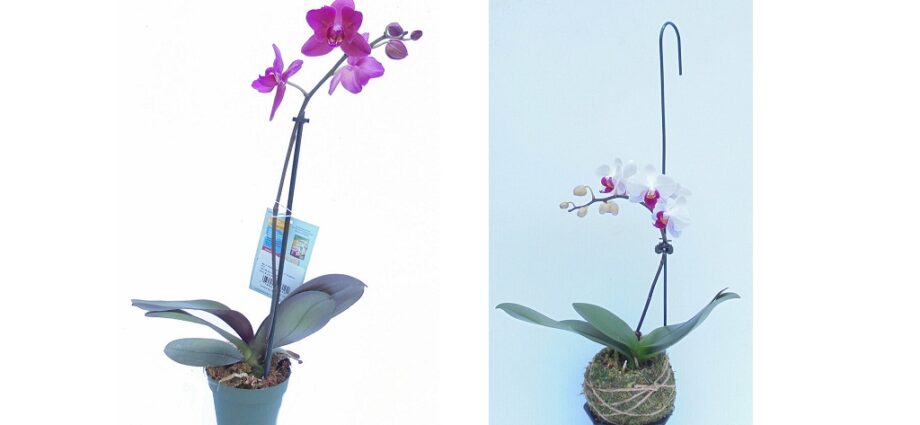Vanda is a genus within Orchidaceae that contains about 50 species known, unsurprisingly, as Vanda orchids. Native to tropical areas of East Asia and Australia, Vandas are beloved for their colorful blooms and relatively easy care.
There are many cultivars and hybrids of Vanda orchids for sale, and in the wild, these orchids grow as epiphytes, or air plants, which means they do not need to grow in soil and often grow directly on the bark of another tree. As a result, they have exposed roots and flourish in humid environments.
Vandas are also noteworthy for their ability to bloom more than once per season – and here’s what you can do about it.
How Often Do Vanda Orchids Bloom?
Given the proper conditions, it’s possible for Vandas to bloom two or even three times per year, although if they’re not furnished with the right considerations, they’ll only bloom once (typically in the fall or winter) or not at all.
Why Are My Vandas Not Blooming?
There are a variety of reasons that Vanda orchids might drop their blooms or fail to bloom entirely.
There are four main reasons that your Vandas are not blooming or are dropping their blooms.
One is that the plant is nutrient starved – although this is not likely, it takes a lot of energy and nutrients to develop blossoms, so if a plant is not well-fed between blooming stages, it might not develop new blooms.
The others have to do with light, temperature, and humidity. If the plant is too cold, too dry, or in an area that is too bright, it may not bloom or worse, might drop its blossoms.
Here’s what you can do to get your Vandas to bloom.
What You Can Do to Encourage Blooming
If your Vanda is not blooming, there is a chance it is because the plant is not being given enough access to bright, indirect light. These plants need a lot of indirect sunlight all year round, so place them in a bright yet shaded spot that gets adequate light for 6 to 8 hours per day.
Vandas are also intolerant of cold temperatures. They need it to remain about 80 to 90 degrees Fahrenheit all year round, during the day. At night, it’s ideal to expose them to temperature drops to between 60 and 70 degrees Fahrenheit – but not colder. Nighttime temperatures below 55℉ can prevent a plant from blooming and temperatures below 40℉ can kill the plant.
One thing to keep in mind is that slight nighttime temperature drops can encourage blooms. Drop the temps from 80 to 90 by about 10 degrees at night – this may encourage a flower spike.
Vandas are also intolerant of dry conditions and underwatering. Do not ever allow the medium to dry out or the orchids will likely drop blooms – and they will not form them if the soil dries out anyway.
Water as frequently as necessary to keep the medium damp without allowing it to become waterlogged. Do not trim aerial roots – the plant needs these for structure, to absorb moisture and oxygen exchange.
Finally, it is important to regulate the humidity to which the plant is exposed. Vandas love being misted and will thrive with a relative humidity of about 80%.
One more thing to note is that you should feed these plants a special orchid fertilizer during their active growth phase. After the plant has dropped its blossoms, if you observe the above recommendations and feed the plant regularly, you can encourage a new flower spike to form.
Where Can I Find Vanda Orchids for Sale?
Interested in starting out by finding some Vanda orchids for sale? These plants require some TLC and dedication, but by observing the above tips, you can keep your plants happy and healthy and increase their chances of blooming more than once per year.
Check out Orchid Supply Store at OrchidSupplyStore.com to see a wide selection of Vanda orchids for sale as well as all of the other essentials you’ll need to grow healthy, vibrant plants. Visit their website and get in touch with them directly if you have any questions – you can reach them at 770-683-5579.
For more information about Orchiata Orchid Bark and Orchid Bark Please Visit : Orchid Supply Store.

